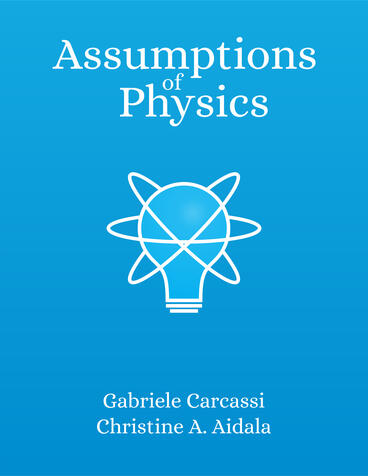Description
What do the mathematical structures used in physics describe? Are they necessary or could we have had different ones? How much do they tell us about the world and how much do they simply capture basic requirements for scientific investigation? Can we create a formal framework that starts from physical principles and assumptions, instead of treating the scientific meaning as an afterthought, as an "interpretation''? The project Assumptions of Physics (https://assumptionsofphysics.org) aims to answer these questions by identifying a handful of starting points from which the laws of physics can be derived in a way that is mathematically rigorous, conceptually consistent and physically meaningful.
This book contains only the parts of the project that are considered to be mature enough to meet that high standard, and therefore will be expanded as progress is made. It is the product not only of the authors, but of numerous students and experts who helped test and develop the ideas. It is intended for advanced students and researchers in physics, math and philosophy of science, in particular those interested in the foundations of physics.
Authors Gabriele Carcassi and Christine A. Aidala, of the Physics Department at the University of Michigan, are the founders of the Assumptions of Physics project. They have published articles and presented at conferences in fields spanning physics, mathematics, engineering and philosophy.

